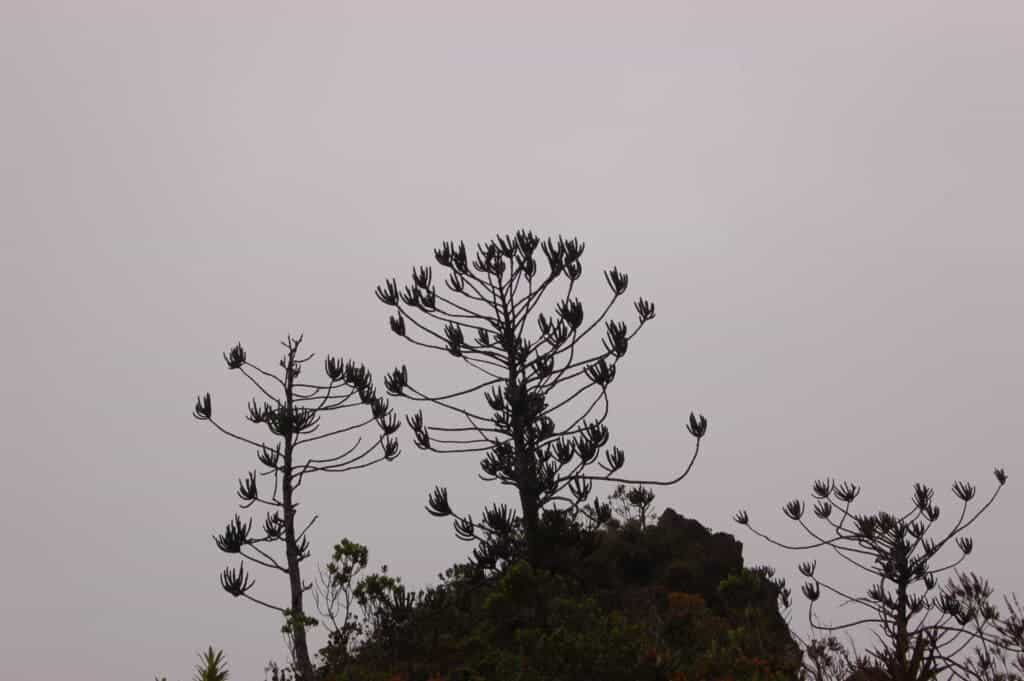Human activity is helping some plants and harming others — but it’s harming way more than it’s helping, a new study shows. This means that many plant species are going extinct as people don’t need them. This will lead to much more homogeneous plant communities in the future compared to those today and could spell disaster for many ecosystems.

We may be the ruling lords of the biosphere, but we’re not treating everyone equally. Some species were favored and domesticated, while others were driven to extinction. Some escaped our impacts, while others benefited from our habits. For researchers, this is important as it allows them to categorize plans into two groups, based on how human activity is affecting them: the winners and the losers.
John Kress and Gary Krupnick from the Smithsonian’s National Museum of Natural History used environmental databases, ethnobotanical descriptions, and conservation assessments to survey and measure the impact of humans on today’s botanical diversity. In total, they were able to categorize 86,592 species of vascular plants.
They classified the plant species into seven categories of winners and losers: Useful winners, useful losers, not useful winners, tentative winners, not useful losers, potential losers, and currently neutral – evaluating the information on the economic uses, conservation status, and environmental tolerance of the selected vascular plants.
“I actually started this project from a place of optimism,” Kress said in a statement. “I had just planted all these trees around my house in Vermont and thought to myself that maybe there are actually more winners than losers, and we are just focused on everything that’s disappearing.”
Turns out, this wasn’t the case.
Winners and losers
The study showed that losers currently outnumber winners almost 3 to 1, and they will continue to do so if human impact on the planet maintains its current trajectory. The researchers classified over 20,000 species of plants as losers, most of them not useful to humans. By contrast, they found almost 7,000 species of winners, with all but 164 having human use.

To look for evolutionary patterns within winners and losers, the researchers also mapped the locations of the species. As it turns out, winners and losers were evenly distributed across different plant groups. The exception came from small lineages, which were more prone to lean in favor of winners or losers. Some of the lineages most at risk were cycads and the cypress family.
“Now and in the future, plants have to adapt to the environment humans have created or they will go extinct,” Krupnick said. “Our results suggest that this means the plant communities of the future will be more homogenized than those of today.
This of course will have severe consequences for ecosystems around the world as well as humanity. More limited plant diversity can lead to a loss of animal diversity, making ecosystems less resilient in the face of change, the researchers said. Humanity will have fewer options to reforest the planet and find new medicines and food, for example.
So what can be done? We shouldn’t ignore the successes in which species have been preserved, areas protected, and habitats restored. The researchers suggested increasing efforts to increase the use of rarer species without depleting local populations. There are already efforts in place, such as the techniques being developed to conserve the genetic diversity of native orchids. But there’s much more work to be done — and being aware of the problem is the first step.
The study was published in the journal Plants People Planet.


